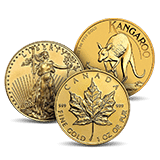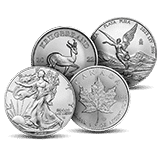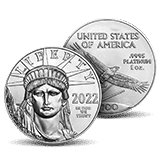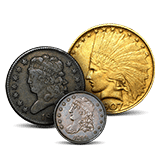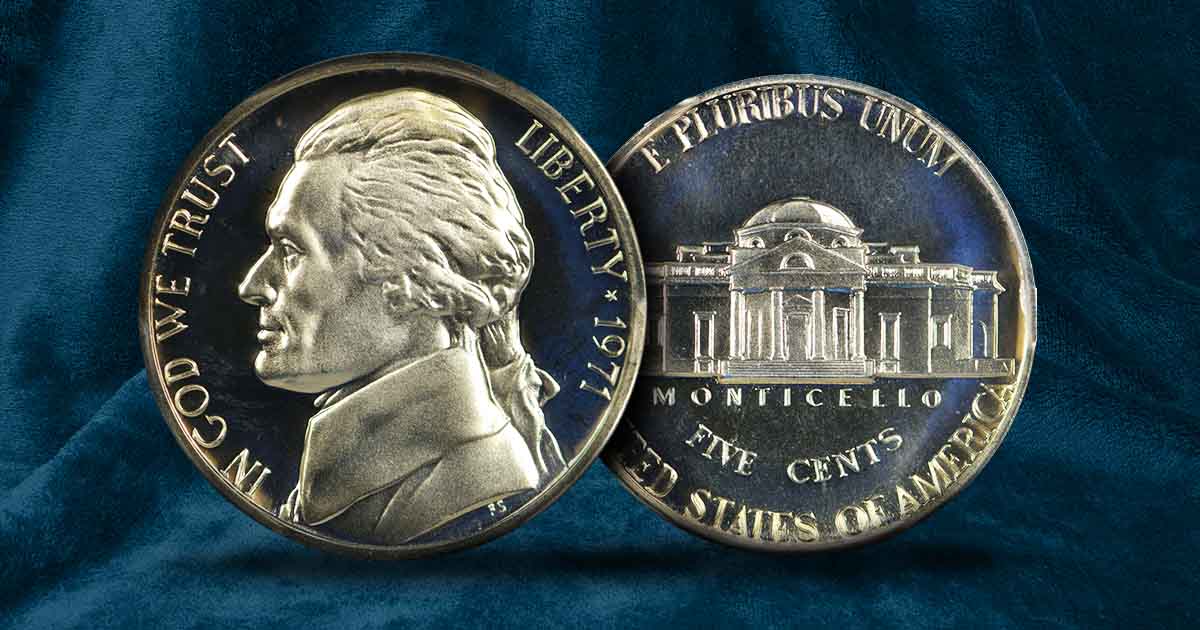
Felix O. Schlag was an American sculptor and designer born in Germany. He is best known for his Jefferson nickel, which was struck in its original form from 1938 until 2004.
Early Life and Career
Felix O. Schlag was born on September 4, 1891, in Frankfurt, Germany, to parents Karl and Teresa Schlag. Schlag grew up in Germany and served in the German army during World War I. As a child, Felix showed a strong aptitude for the arts and later studied sculpture at the Munich Academy of Fine Arts. When he was 29, Schlag married his wife, Anna, and the couple had three children by 1929, when they immigrated to the United States.
Schlag found employment at General Motors, where he honed his stylistic and design skills on now-classic automobiles. By the 1930s, the Schlag family relocated to Chicago in pursuit of sculpting commission work. About his move, Schlag wrote, “I was caught up… in New York and felt an irresistible desire to change locations, looking for a better climate to find sculptural work. Rumors were, one could find a normal existence in Chicago.”
The Jefferson Nickel Design Contest
In 1938, the Buffalo nickel met the 25-year minimum for a coin design at the time since it was first released in 1913. It had been a notoriously difficult coin to produce and required die modifications due to the relief areas. The Treasury Department announced a design contest for a new nickel in January of 1938, with a $1,000 prize. The theme was honoring the 200th anniversary of Thomas Jefferson’s birth, which would occur a few years later in 1943. The rules of this contest stipulated an obverse with the 3rd President’s portrait and a depiction of his Charlottesville home, Monticello.
Felix Schlag’s Jefferson Nickel Design
Felix O. Schlag was one of 390 contestants to submit designs to the Treasury Department. He based his portrait of Thomas Jefferson on a sculpture by Jean-Antoine Houdon in the Boston Museum of Fine Art, and his reverse presented an angled ¾ side view of Monticello. On April 20, 1938, Nellie Tayloe Ross, the first female Director of the United States Mint, along with the judging panel, began reviewing entries. Four days later, they chose Schlag’s design as the winning submission.
Revisions to the Jefferson Nickel Design
Felix Schlag was asked to make modifications, starting with the lettering and including the representation of Monticello. Some critics thought the lettering was too stylized and needed to be more formal. Schlag redesigned the lettering for a greater air of formality and redesigned his depiction of Monticello to include a front view. The new Monticello design was more proportional, and the new lettering was more formal. The revisions Felix O. Schlag made to the Jefferson nickel design were accepted in July 1938.
The name of Jefferson’s home, Monticello, was added to the reverse, as many who saw the building did not know it, and some even guessed it was Fort Knox. With the design modifications in place, the first Jefferson nickels were released into circulation on November 15, 1938. Although the reason is unknown, Felix O. Schlag did not include his initials on the nickel, and they were not added until 1966.
In a letter about the Jefferson nickel, Schlag stated, “In the unique hours of silent nights, when most are asleep, there is a certain mystic. It is a time that provides a kind of peace, a retreat from the agitation of life. Imagination holds full sway and gradually takes shape in the form of a vision of intuition, which offers the artist a way to express his inner self. In this aura, the Jefferson nickel had its start. Bone weary, after a hard day, I worked nights on this project, but curiously was always reluctant to quit.”

